AI Answer Evaluation Platform Live Now. Try Free Answer Evaluation Now

Impact of Air Pollution on Human Health
Air is the most essential element for human survival, yet it is increasingly becoming a silent killer. Every breath we take now carries
+91-7303290503, +91-9557169661 | MON to SUN 10:00 AM - 6:00 PM
Physical anthropology, branch of anthropology concerned with the origin, evolution, and diversity of people. Physical anthropologists work broadly on three major sets of problems: human and nonhuman primate evolution, human variation and its significance (see also race), and the biological bases of human behaviour.

Air is the most essential element for human survival, yet it is increasingly becoming a silent killer. Every breath we take now carries

From hunting and gathering to the industrial stage, eco-cultural adaptations have shaped human civilization in profound ways. Understanding these adaptations provides insight into the complex relationship between humans and their environment across history.

Nutritional deficiencies, occurring when the body doesn't receive enough essential nutrients, are a major global health concern impacting millions worldwide. Their prevalence, particularly in developing nations
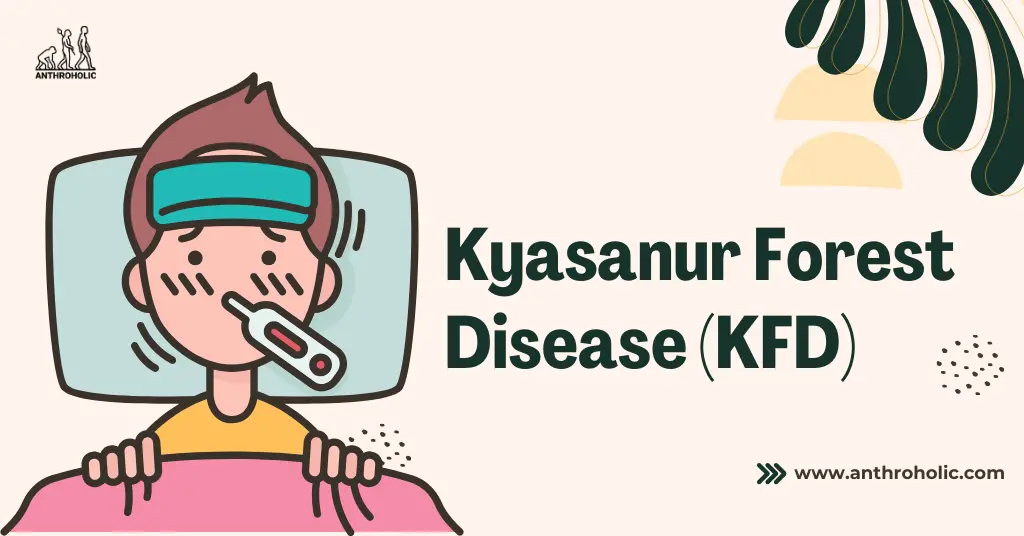
Kyasanur Forest Disease (KFD), also known as Monkey Fever, is a tick-borne viral hemorrhagic fever endemic to South Asia. Originating from the Kyasanur Forest in Karnataka, India, KFD has serious implications on the socio-economic, cultural, and health dimensions of affected communities.
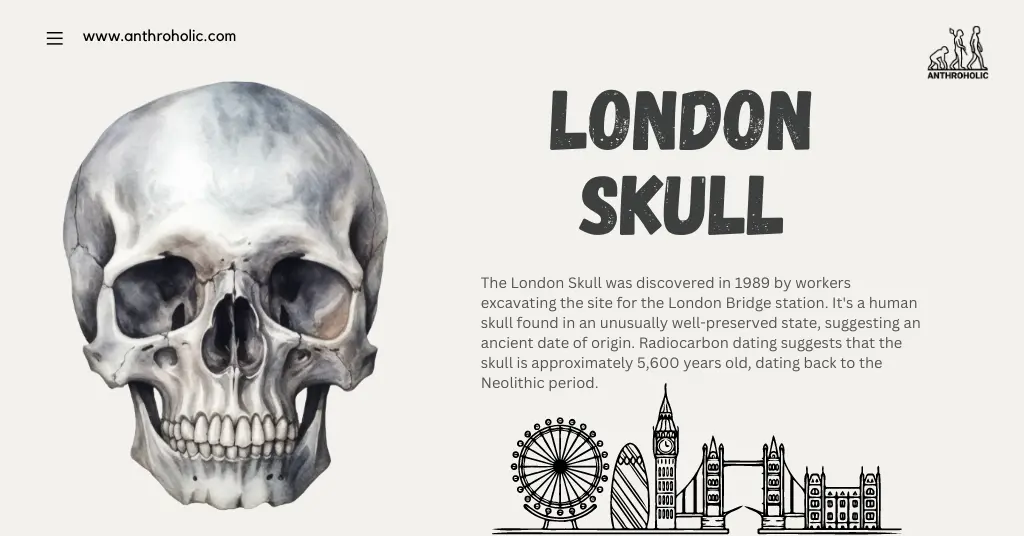
The London Skull was discovered in 1989 by workers excavating the site for the London Bridge station. It's a human skull found in an unusually well-preserved state, suggesting an ancient date of origin. Radiocarbon dating suggests that the skull is approximately 5,600 years old, dating back to the Neolithic period.
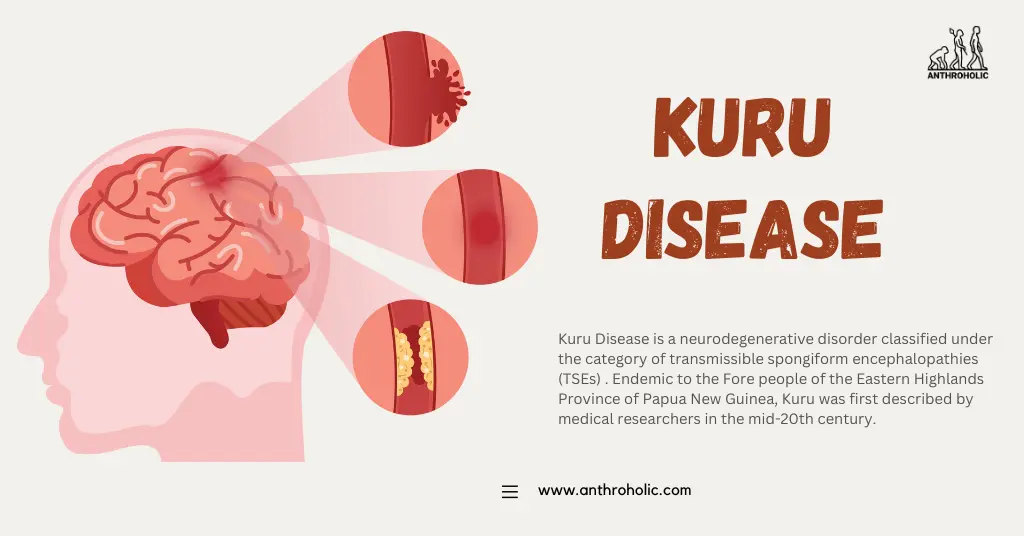
Kuru disease, a terrifying prion disease with a unique and tragic history, serves as a stark reminder of the consequences of cultural practices and the complexities of human behavior.
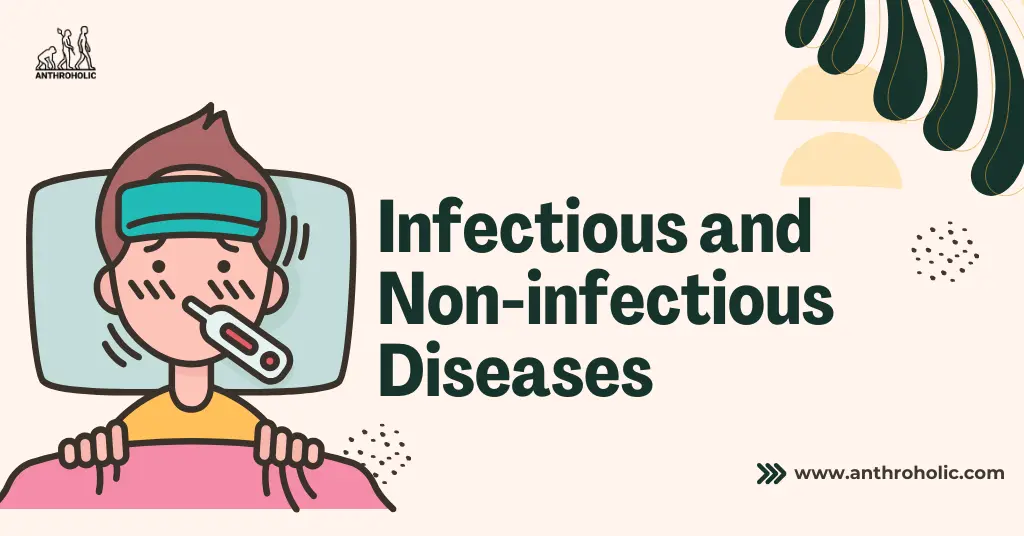
Infectious and non-infectious diseases are two broad categories of diseases affecting millions worldwide. Understanding their differences, causes, and prevention methods is crucial for better healthcare outcomes.
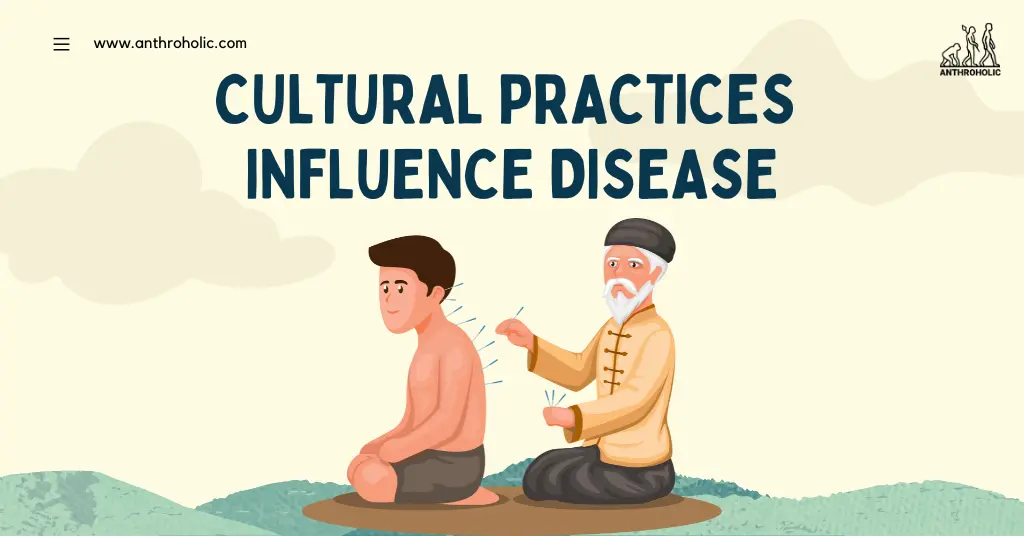
Cultural practices across the globe have an undeniable impact on disease patterns. Through various customs, beliefs, and rituals, communities create an environment that may either foster or hinder disease.
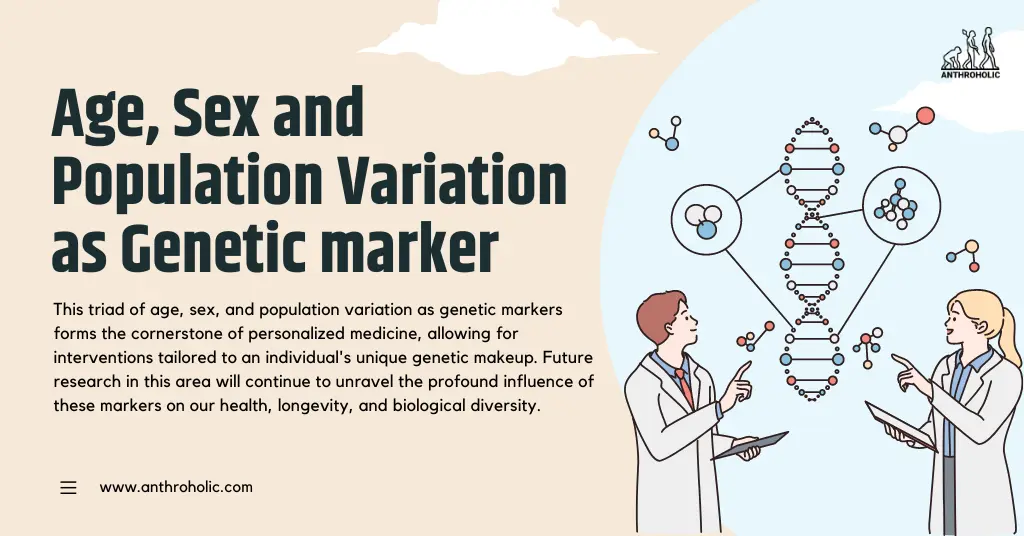
This triad of age, sex, and population variation as genetic markers forms the cornerstone of personalized medicine, allowing for interventions tailored to an individual's unique genetic makeup. Future research in
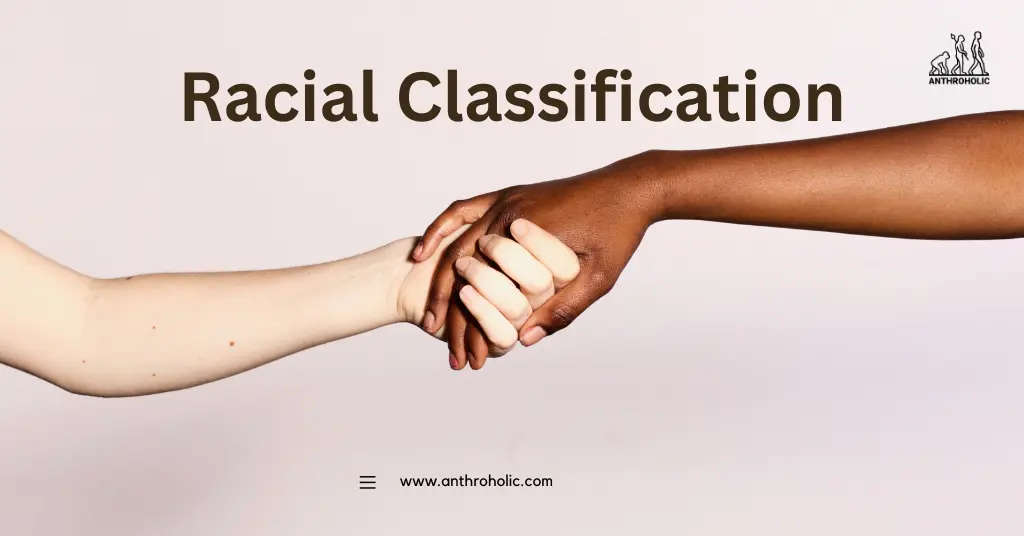
Racial classification refers to the categorization of humans into distinct groups based on inherited physical and genetic characteristics. It is a controversial and complicated topic due to the immense genetic diversity and cultural intermingling among humans worldwide.

Nevertheless, for the purpose of understanding cultural and historical differences, five major racial groups are typically recognized: Caucasian, Mongoloid, Negroid, Australoid, and Amerindian

Evolutionary adaptation, also known simply as adaptation, refers to the process by which organisms evolve traits and behaviors that help them survive and thrive in their environment. This process is driven by natural selection, a core mechanism of evolution